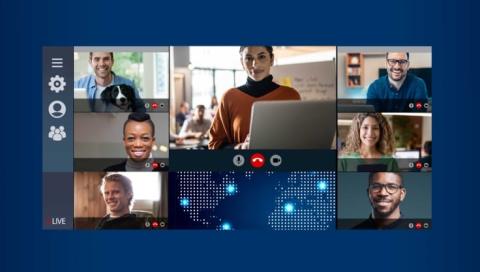7 ways to protect remote employees from a cyberattack
Working from home (WFH) has brought with it advantages such as flexibility and access to global talent, but it has also introduced new security threats to organizations. The shift to a remote or hybrid workforce has forced companies to adopt more software-as-a-service (SaaS) applications, which has caused almost 40% of companies to lose control of their IT and security environments, according to data from a Cloudflare study.



